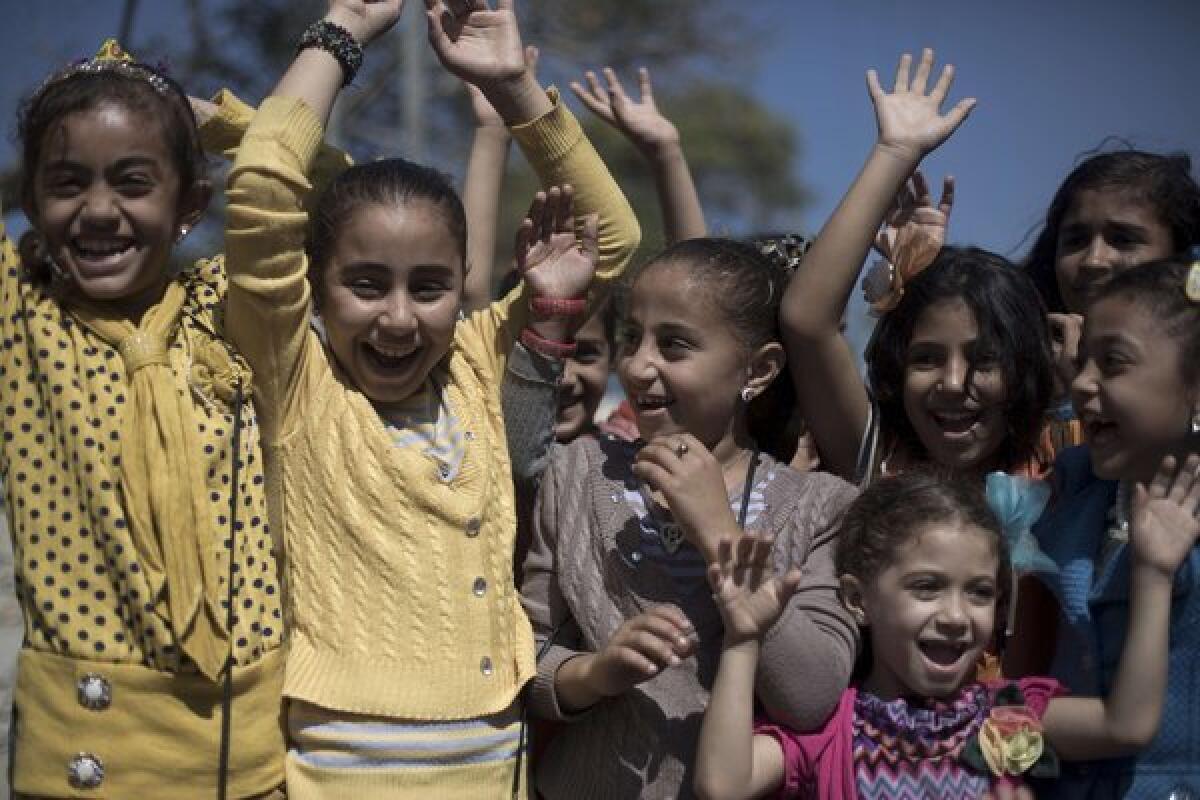Childbirth in the Arab world: No longer so early or so often

Rising expectations of newlyweds living in their own homes and broader use of family planning in certain parts of the Arab world have drastically changed population dynamics in the region, with women marrying later and having few children, the statistics firm Gapminder reported Friday.
In a series of graphics compiled and posted on the company website, the sharp demographic trends in Tunisia and Libya are offered as examples of the shift away from early marriage and frequent childbirth in Arab nations.
“In 1973, the average Libyan woman had 7.6 children and married at the age of 19,” Gapminder says, explaining the sweeping regressive lines of its chart on Arab women’s fertility. By 2005, the chart shows, Libyan women were marrying at 29 on average and giving birth to 2.9 children.
The trend has been similar in Tunisia, the firm said, with the average age for first marriage rising over the same three-decade period from 22 to 29, and childbearing dropping from nearly seven per married woman to two.
Declining fertility has been the pattern across the Arab world, but at a slower pace in some countries, like Yemen and the Palestinian territories, Gapminder reports. The average age of marriage has remained constant at about 22 for Yemeni and Palestinian women, but the average number of children has dropped from 7.3 to 5.9 in Yemen and from 8 to 4.8 for Palestinians, the company said.
The number-crunchers at Gapminder attribute the shifting family dynamics to social change, even in what is often viewed as the tradition-bound Muslim world.
“Today a couple is expected to have their own place to live as married. Many families have to save for a long time before their children are able to marry,” the analysts said. “This social norm is a relative new phenomenon and a major explanation for the increased age at marriage.”
Gapminder also posted a geographically color-coded map showing the average age when women first marry in each country, indicating Arab women are on a path toward the Western European tradition of delaying marriage.
Perhaps because of falling birthrates in the region, official pressure continues to be exerted on young couples to reproduce for a more populous and powerful country.
On Thursday, Iran’s supreme leader, Ayatollah Ali Khamenei, aired an appeal to Iranian couples to produce more babies and grow the current 80 million population to 150 million at “minimum,” the Al Arabiya website reported.
“Young image is an essential and important issue for the country,” Khamenei said, according to an account by the Islamic Republic News Agency of his address to a national population conference. He warned that countries with aging populations face tremendous difficulties in growing their economies and improving living standards.
Iranian women rank 146th in the world in fertility rate, with women giving birth to an average of 1.86 children in their lifetimes, the CIA World Factbook reports.
Early childbirth has been on the decline worldwide in recent decades, the U.N. Population Fund reported earlier this week. But in its annual statistical portrait of the world population for 2013, the agency warned that the 7.3 million children born to teenage mothers each year continue to take a toll on the health and economies of the developing world.
ALSO:Pakistani Taliban leader reportedly at site of drone strike
Snowden loses Russian asylum if he travels abroad, lawyer warns
Security official blames Tiananmen Square attack on Islamist group
Twitter: @cjwilliamslat
More to Read
Sign up for Essential California
The most important California stories and recommendations in your inbox every morning.
You may occasionally receive promotional content from the Los Angeles Times.











